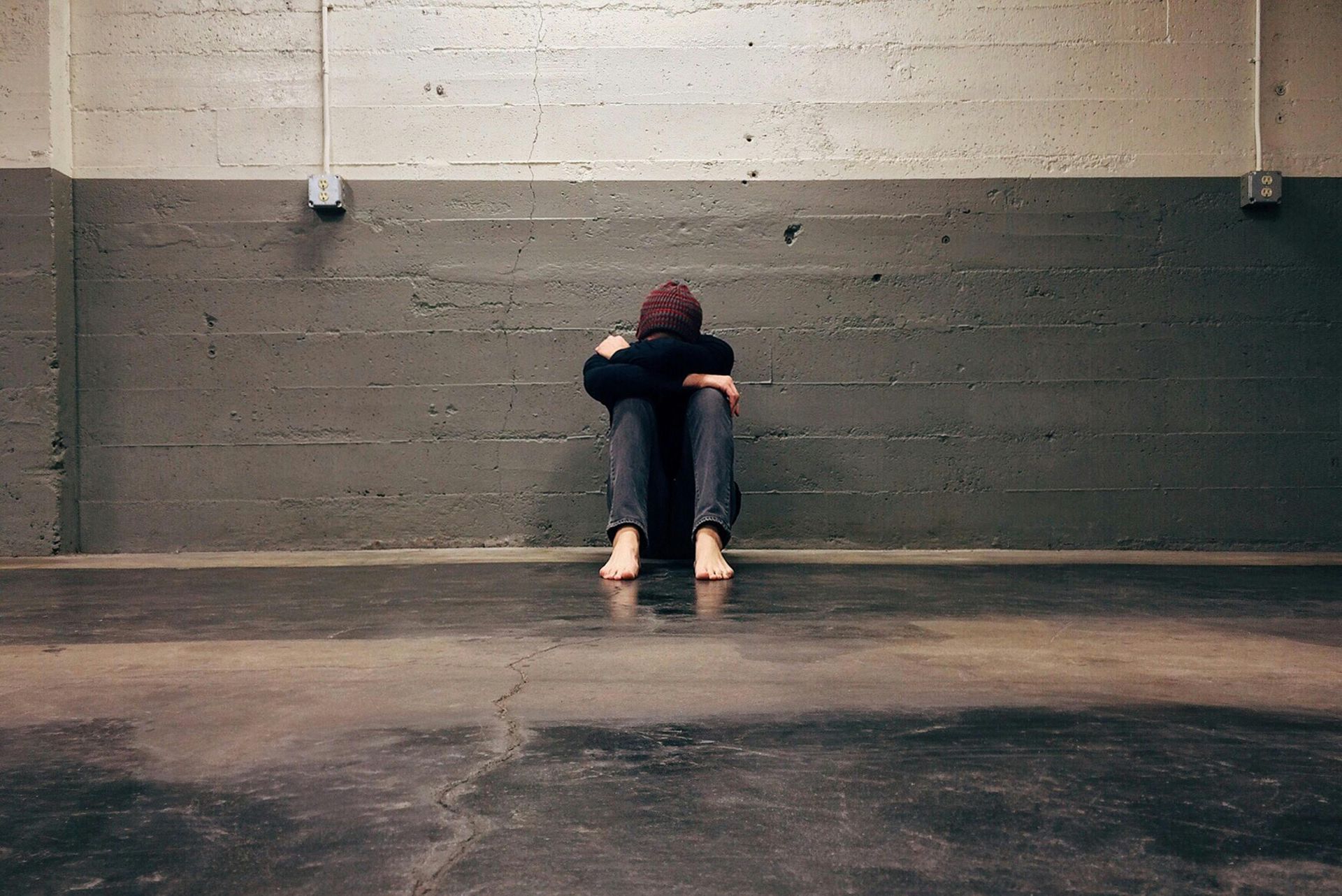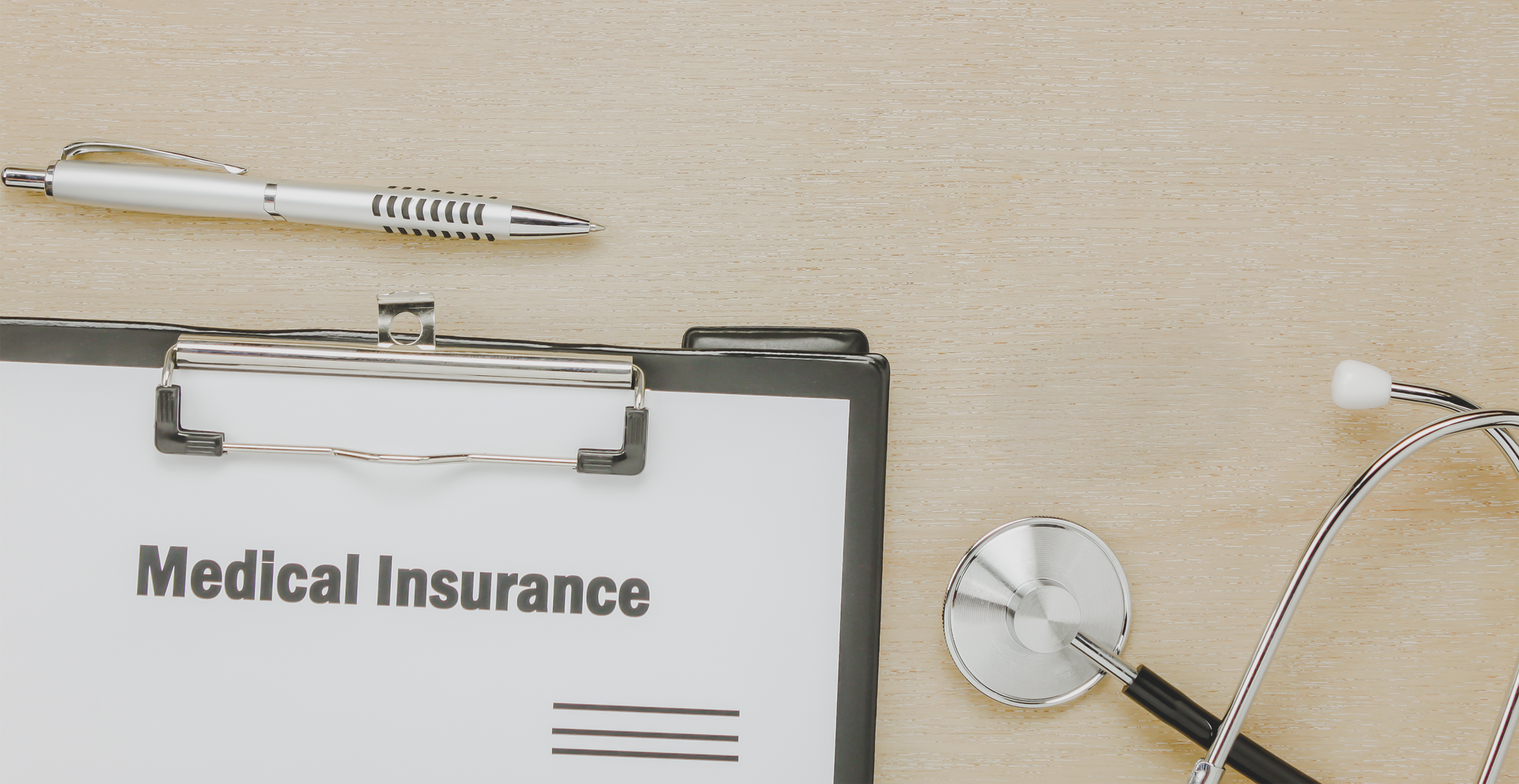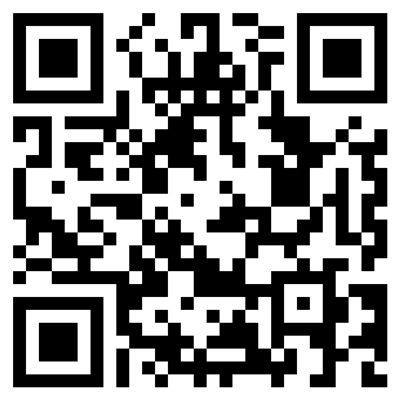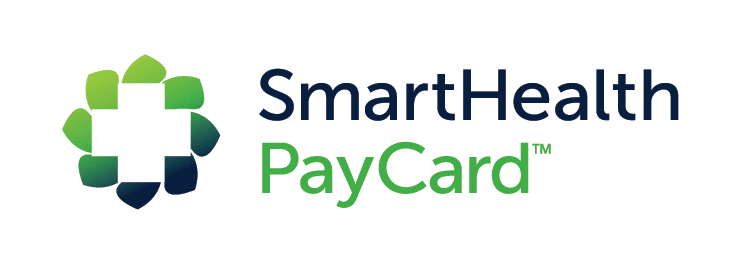TMS for Teens: A Therapy Guide for Parents & Guardians

The Albany Clinic • October 24, 2024
Mental health treatments have evolved over the past few years. One such breakthrough is Transcranial Magnetic Stimulation (TMS) therapy, which has shown promising results for depression in patients of almost every age group, including those suffering from adolescent depression.
If you’re a parent or a guardian, you might be wondering if TMS therapy can help treat mental health issues in adolescents. Is it safe for children? Are there any side effects? In today’s article, we’ll address questions like these to help you understand TMS therapy and decide if it’s the right option for your child.
What is TMS Therapy?
Transcranial magnetic stimulation uses magnetic waves to stimulate certain parts of the brain. It’s non-invasive and has a high success rate in treating major depressive disorder with minimal side effects, including in adolescent patients.
In a typical TMS session, the doctor places a coil on the patient’s scalp to send magnetic pulses to a specific part of the brain. The goal is to stimulate the brain’s activity and relieve the symptoms of the underlying mental health condition. During the session, the patient remains fully awake and doesn’t need any medication.
How TMS Therapy Works
Transcranial Magnetic Stimulation (TMS) therapy is a non-invasive treatment that uses magnetic pulses to stimulate brain activity. During a TMS session, a magnetic coil is placed on the scalp, and high-frequency magnetic pulses are directed at the dorsolateral prefrontal cortex (DLPFC), an area of the brain that is often underactive in individuals with depression. These magnetic pulses work by increasing neuronal excitability and promoting the growth of new neural connections. This process helps to improve mood and reduce depressive symptoms. TMS therapy is FDA-approved for the treatment of major depressive disorder (MDD) in adults and for adolescents as well.
What are the Age Limits to Using TMS Therapy?
The Food and Drug Administration (FDA) authority has approved the use of TMS therapy as a treatment for depression in people between 18 and 70 years of age [1]. However, studies have shown that it can be effectively and safely used for children and adolescents as young as 9 years [2]. The FDA has approved the use of TMS for children or adolescents and parents should consider it as an alternative for depression treatment.

What are the Benefits of TMS Therapy?
TMS therapy offers some attractive benefits, especially compared to other forms of treatment like antidepressants and Cognitive Behavioral Therapy (CBT). It’s proving to be a good alternative for medical professionals, whether the patient is experiencing side effects or just isn’t seeing significant improvements from traditional methods.
A prominent benefit of TMS is that it doesn’t require surgery, anesthesia, or even a hospital stay. Patients can receive this treatment and go about their day without any major disruptions. It’s a safe and non-intrusive way of treating several mental health conditions. Selective serotonin reuptake inhibitors (SSRIs) are often used as a primary pharmacological intervention for adolescents with Major Depressive Disorder (MDD), but concerns about their effectiveness and safety persist.
Moreover, while antidepressants may help alleviate symptoms, their side effects can be overwhelming sometimes. The TMS therapy doesn’t involve any medication, which can be a major relief for many patients.
In addition, unlike traditional medications, which can affect the entire body, TMS targets a specific region in your brain. Using TMS, medical specialists can now take a more targeted approach, addressing the underlying issue more effectiv
Can Transcranial Magnetic Therapy Help Adolescent Depression?
Research suggests that many young people don’t respond to first-line treatment methods including antidepressants and CBT (Cognitive Behavioral Therapy)[3]. The worrisome thing is that depression at an early age increases the risk of recurring mental health conditions in the later stages of life.
Fortunately, Transcranial Magnetic Stimulation has been showing promising results as an alternative method of treatment in adolescents and children with depression symptoms [4]. So, yes, research suggests using transcranial magnetic therapy can be an effective way to alleviate and treat depression in adolescents, with significant improvements in their depression severity.
Is TMS Therapy Safe for Adolescents?
Clinical studies suggest that TMS therapy poses similar risks in both adults and adolescents suffering from psychiatric disorders. The procedure is proven to be safe and effective in adolescents and teenagers between the ages of 13 and 21.
In addition, TMS doesn’t alter brain activity, motor development, and cognition. Mild temporary headaches are a common side effect, while scalp pain or irritation is rare. Headaches caused by TMS therapy usually go away without needing any treatment. As for scalp pain, medical professionals can avoid that by effectively cleaning the area of the head where the electrode is placed.
Other less common side effects of TMS include:
- Lightheadedness
- Neck pain
- Tingling
- Facial twitching
- Sleepiness
- Altered cognition during treatment
Although the risk of seizures is there, it’s rare. Overall, the combination of a high response rate and minimal side effects of TMS makes it safe for adolescents. It’s important to note that researchers suggest a treatment period of about 6 months to a year for adolescents for optimal results.
When is Transcranial Magnetic Stimulation Used?
If you have treatment resistant major depression, the doctor will likely recommend a first-line of treatment, such as antidepressants and psychotherapy before TMS therapy. However, if none of that works over a period of time, or you’ve experienced negative side effects from antidepressants, you’re a good candidate for TMS Therapy. Importantly, TMS therapy may be a better option for adolescents as antidepressants are more likely to cause negative side effects in younger patients.
As previously mentioned, if a child is diagnosed with depression, they’re more likely to develop recurring mental health conditions in adulthood. Adolescents who experience symptoms of depression are 4 times more likely to develop this condition later on than people who never had any symptoms.
Transcranial Magnetic Stimulation Therapy Use Cases
TMS therapy can be used to treat a wide range of mental health conditions. Although researchers are still studying it, TMS may help with the following conditions.
Treatment Resistant Depression
Approximately 30% of major depression patients don’t respond well to common treatment methods. TMS has been shown to work for treatment-resistant depression. It helps alleviate depression symptoms through brain cell stimulation.
OCD
As with depression, if a patient isn’t responding to typical OCD treatments, TMS is a recommended alternative. The procedure can be effectively used to inhibit the activity in the brain, reducing OCD symptoms.
Anxiety
Conditions like depression and OCD can cause anxiety symptoms, which makes TMS a suitable treatment option for anxiety. People with anxiety disorders experience an increased activity in the prefrontal cortex of the brain; TMS helps to reduce this activity.
PTSD
The prefrontal cortex regulates how the human brain processes worry and fear. TMS therapy targets this region of the brain, offering therapeutic effects. The effectiveness of TMS as a treatment for PTSD has been backed by research.
TMS therapy may also be used to treat the following mental health conditions:
- Stroke Rehabilitation
- Schizophrenia
- Parkinson’s disease
- Alzheimer’s disease
- Chronic pain
- Nicotine addiction
- Multiple sclerosis
What to Expect During TMS Treatment
During a TMS treatment session, your child will sit comfortably in a chair while a magnetic coil is placed on their scalp. This coil is connected to a machine that generates magnetic pulses. The treatment typically lasts between 20 to 30 minutes, during which your child may feel a mild tapping sensation on their scalp. Some patients might experience mild scalp pain or discomfort, but these sensations are usually temporary and resolve on their own. Throughout the session, your child will remain awake and alert, and they can resume their normal activities immediately afterward. A typical course of TMS treatment consists of 30 sessions over six weeks, followed by a three-week taper period to ensure lasting benefits.
Types of TMS Treatment
There are several types of TMS treatment, each tailored to meet different needs:
- High-frequency TMS: This is the most common type, involving high-frequency magnetic pulses directed at the DLPFC.
- Low-frequency TMS: This type uses low-frequency magnetic pulses aimed at the DLPFC.
- Intermittent Theta Burst Stimulation (iTBS): This involves short bursts of high-frequency magnetic pulses directed at the DLPFC, offering a more rapid treatment option.
- Deep TMS: Utilizes a specialized coil that can penetrate deeper into the brain, allowing for more targeted treatment.
- Accelerated TMS: Involves multiple sessions per day, which can be effective for patients requiring more intensive treatment.
Each type of TMS treatment has its own advantages and disadvantages, and the choice of treatment will depend on your child’s specific needs and circumstances. Discussing these options with a healthcare provider can help determine the most suitable approach for your child’s condition.
Who Should Avoid TMS Therapy?
TMS generally is a great alternative to common treatment methods, but it’s not suitable for everyone. Patients with a metal implant in their head should avoid TMS as the procedure can cause these implants to heat up or move.
These metallic implants include:
- Electrodes
- Neck or brain stents
- Metal plates
- Shrapnel or bullet pieces
- Deep brain stimulators
- And maybe more
Moreover, avoid TMS if you have a history of seizures or epilepsy. Mental health patients can, however, get TMS therapy safely if they have dental implants or braces.
TMS Therapy for Adolescents & Where To Find Help
Transcranial Magnetic Stimulation therapy is proving to be a perfect non-intrusive depression treatment for people of all ages, including adolescents. The risks involved are minimal; the most common side effect is mild headaches that go away on their own without needing any treatment.
TMS therapy could be the right option for your child if he or she has been diagnosed with depression or any other mental health issue. Doctors typically recommend TMS therapy when the first line of treatment fails to produce any significant results.
If your child is showing signs of depression or isn’t improving with traditional treatments and you are local to Carbondale Illinois, consider discussing TMS therapy with a mental health specialist at The Albany Clinic. We're the
local depression treatment experts.
35 Albany Rd. Suite A Carbondale, IL 62903
Phone: (888) 804-4330
Cited Source(s):
- U.S. Food & Drug Administration. (2021, April 23). Premarket Notification for Brainsway Deep TMS System (with iTBS Protocol), K203735. [FDA]
- Croarkin, P. E., Wall, C. A., & Lee, J. (2011). Applications of transcranial magnetic stimulation (TMS) in child and adolescent psychiatry. International Review of Psychiatry, 23(5), 445-453. [DOI]
- Hetrick, S. E., Cox, G. R., & Merry, S. N. (2011). Treatment-resistant depression in adolescents: is the addition of cognitive behavioral therapy of benefit? Psychology Research and Behavior Management, 4, 97-112. [DOI]
- Allen, C. H., Kluger, B. M., & Buard, I. (2017). Safety of transcranial magnetic stimulation in children: A systematic review of the literature.
- Pediatric Neurology, 68, 3-17. [DOI]







